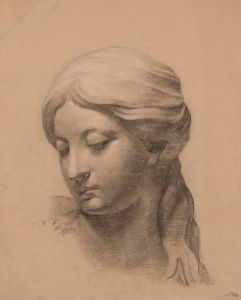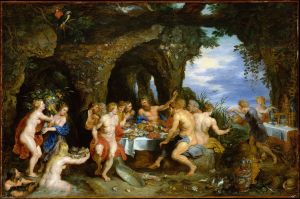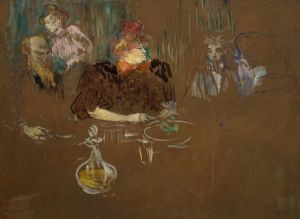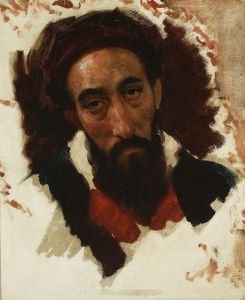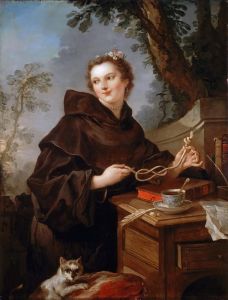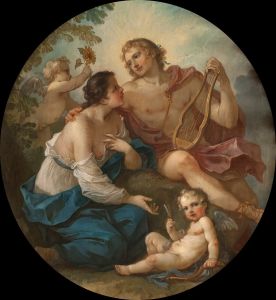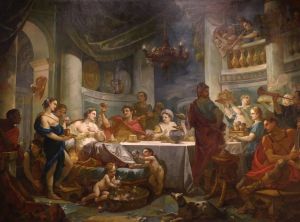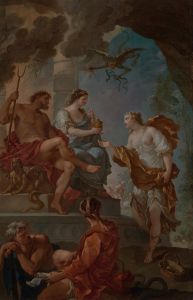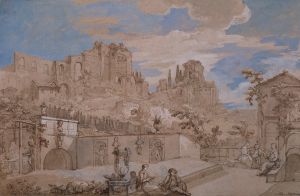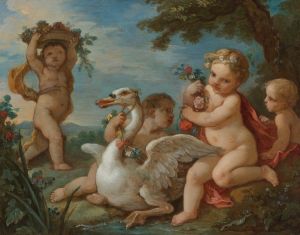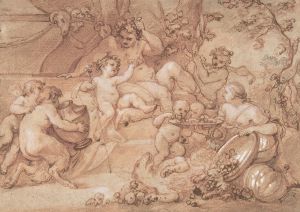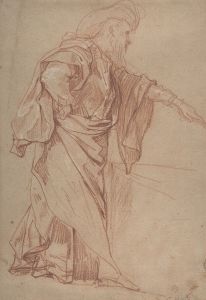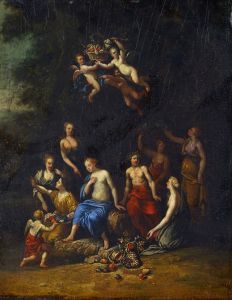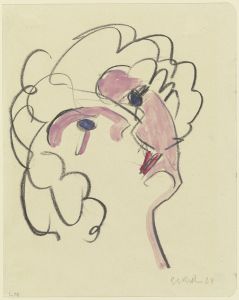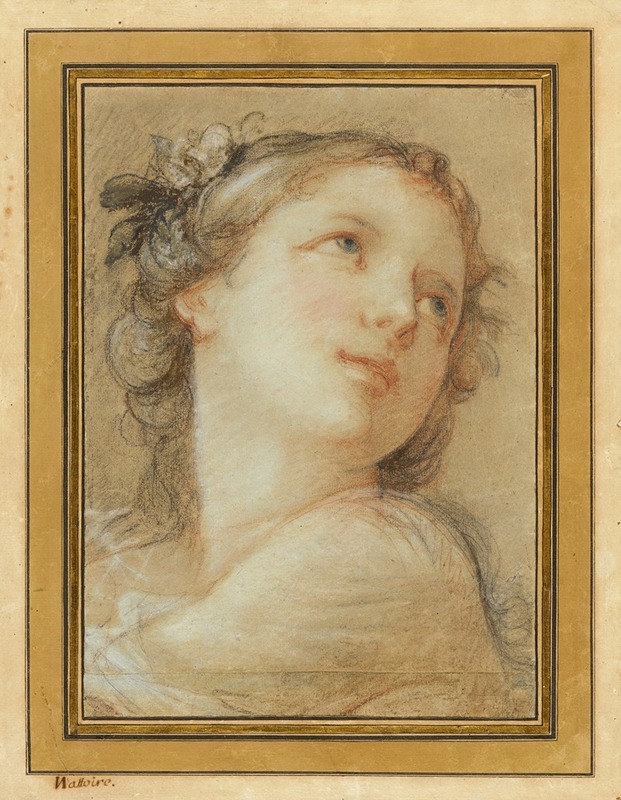
Head of a bacchante
A hand-painted replica of Charles-Joseph Natoire’s masterpiece Head of a bacchante, meticulously crafted by professional artists to capture the true essence of the original. Each piece is created with museum-quality canvas and rare mineral pigments, carefully painted by experienced artists with delicate brushstrokes and rich, layered colors to perfectly recreate the texture of the original artwork. Unlike machine-printed reproductions, this hand-painted version brings the painting to life, infused with the artist’s emotions and skill in every stroke. Whether for personal collection or home decoration, it instantly elevates the artistic atmosphere of any space.
Charles-Joseph Natoire was an 18th-century French painter known for his contributions to the Rococo movement, which was characterized by ornate detail, light colors, and playful themes. One of his notable works is "Head of a Bacchante," a painting that exemplifies his skill in capturing the essence of the Rococo style.
"Head of a Bacchante" is a study that reflects Natoire's interest in classical mythology, a common theme during the Rococo period. The term "bacchante" refers to the female followers of Bacchus, the Roman god of wine, known for their ecstatic expressions and revelry. In this painting, Natoire focuses on the head of a bacchante, capturing her in a moment of rapture or contemplation, which is typical of the depictions of Bacchus's followers.
The painting is characterized by its delicate brushwork and the soft, pastel color palette that Natoire often employed. The artist's use of light and shadow adds depth to the figure, highlighting her facial features and the texture of her hair. The expression on the bacchante's face is one of serene ecstasy, a common portrayal in artworks depicting mythological revelers. This focus on emotion and expression is a hallmark of Natoire's work and the Rococo style in general.
Natoire's training at the prestigious Académie Royale de Peinture et de Sculpture in Paris and his subsequent stay at the French Academy in Rome greatly influenced his artistic development. His exposure to classical art and Renaissance masterpieces during his time in Italy is evident in his work, including "Head of a Bacchante." The painting reflects a blend of classical themes with the lightheartedness and elegance of the Rococo movement.
Throughout his career, Natoire received numerous commissions from the French court and nobility, which allowed him to produce a wide range of works, from grand historical paintings to intimate portraits and studies like "Head of a Bacchante." His ability to convey emotion and movement in his figures made him a sought-after artist during his lifetime.
"Head of a Bacchante" is a testament to Natoire's mastery of the Rococo style and his ability to infuse classical themes with a sense of liveliness and grace. The painting not only showcases his technical skill but also his understanding of the cultural and artistic trends of his time. While the exact date of the painting's creation is not specified, it is likely to have been produced during the height of Natoire's career in the mid-18th century.
Today, Charles-Joseph Natoire is remembered as one of the prominent figures of the Rococo movement, and works like "Head of a Bacchante" continue to be appreciated for their beauty and historical significance. The painting serves as an example of how artists of the period drew inspiration from mythology to create works that were both decorative and expressive, capturing the spirit of an era that celebrated art, beauty, and the pleasures of life.





